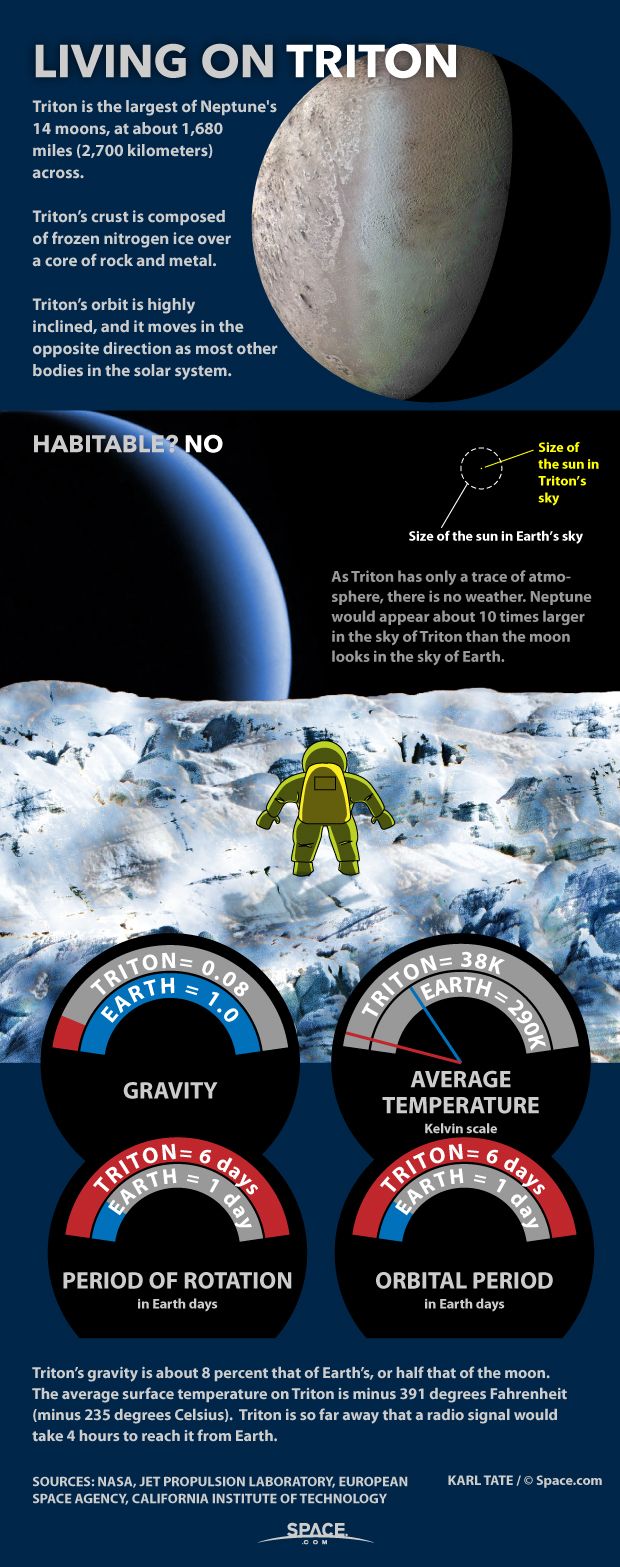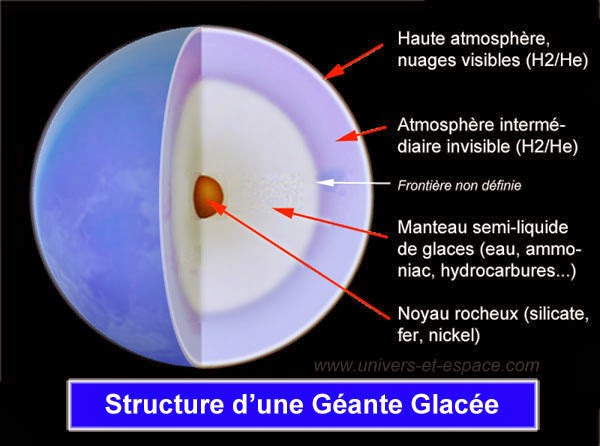


Their outer atmospheres are composed of hydrogen, helium and methane, while their mantles are a combination of water, ammonia and methane ices, and their cores are a mix of rock and ice. Uranus and Neptune have similar masses and internal compositions. Both are fundamentally different from the larger gas giants Jupiter and Saturn, and from smaller rocky worlds like Earth. Uranus and Neptune are the two most distant known major planets in our solar system. The findings were announced by PlanetS on February 4, 2020, with the associated research paper first published on November 22, 2019. Researchers of the National Centre of Competence in Research PlanetS ( PlanetS) at the University of Zurich in Switzerland ran computer simulations to explore the role of collisions in shaping the differences between Uranus and Neptune. And, though their differences still haven’t been fully explained, it now seems that mighty collisions with careening planet-sized bodies – early in solar system history – might be the key. They’re more different from each other than most people think. But, though superficially similar, Uranus and Neptune are really quite different.

They are nearly the same size – bigger than Earth, but smaller than Jupiter or Saturn – and both are bluish or bluish-green, with deep atmospheres and icy interiors. We tend to lump Uranus and Neptune together in our thoughts, almost as if they’re twin worlds. While the 2 ice giant planets have similarities, they also have significant differences, which might be explained by impacts from other large bodies in the early solar system.


 0 kommentar(er)
0 kommentar(er)
